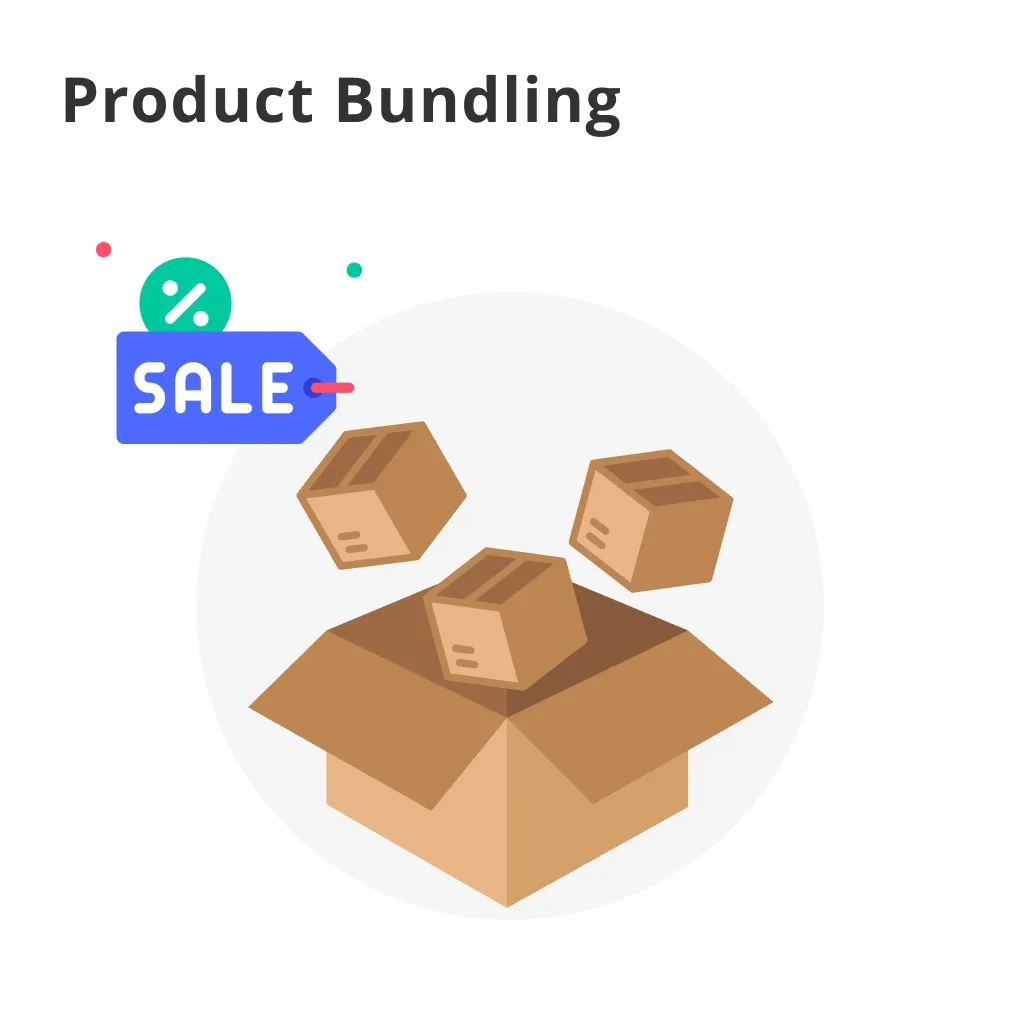What is Product Bundling?
Product Bundling is a popular marketing strategy adopted by businesses all over the world. Businesses sell multiple products or services together as one combined package.
This way, customers feel they are getting more value, helping them make a positive purchase decision.
Definition of Product Bundling
In the simplest terms, product bundling is the sale of two or more goods or services as a single package. It provides a sense of greater value to the customer and often stimulates higher sales volumes.
The Core Concept
At the heart of product bundling is the notion of perceived value. When customers see several products they would ordinarily buy separately sold together at a lower price, they perceive it as a lucrative deal.
Types of Product Bundling
There are various types of product bundling like pure bundling, mixed bundling, and leader bundling. Pure bundling is where products are only sold as bundles, mixed bundling offers products individually and in bundles, and leader bundling involves pairing a popular product with a less popular one.
Bundle Pricing
In bundle pricing, the total cost of the bundle is often less than the sum of the individual prices of the products, making it an incentive for customers.
Advantages of Product Bundling
Product bundling can effectively increase sales volumes by offering customers a perception of more value for their money. It can also help clear out stagnant inventory.
Why is Product Bundling Needed?
Product bundling is not just a ploy to sell more products, it also has multiple strategic purposes that help businesses grow and expand.
- Clearing Inventory: Product bundling is a great strategy to clear out old or stagnated inventory by combining them with faster-moving products.
- Competitive Differentiation: Product bundling can give businesses an edge over competitors by providing unique offerings that stand out in the market.
- Boosting Sales: By giving a perception of more value for the money, product bundling can significantly increase sales volumes.
- Building Brand Image: Product Bundling can help in building a brand image by tailoring bundles to showcase the variety and quality of products offered by a company.
- Enhancing Customer Experience: Providing an excellent customer experience is crucial, and product bundling can help achieve this by offering ease of purchase and cost savings.
Where is Product Bundling Used?
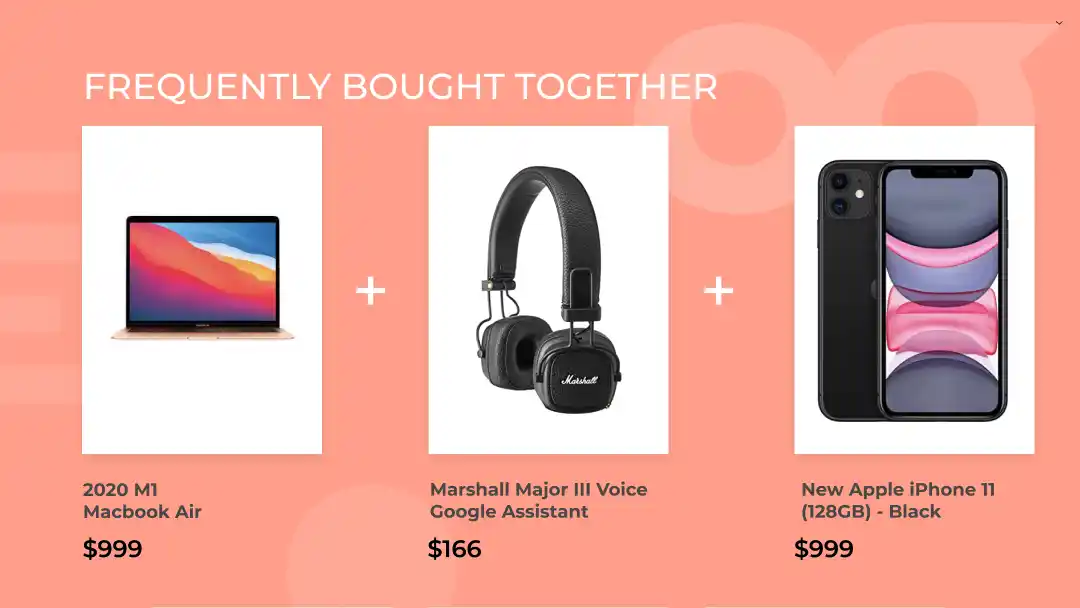
Product Bundling is a versatile strategy that applies to various industries. Though it is primarily popular in the retail sector, it enjoys a wide range of applications.
Retail Market
Supermarkets and retail stores make extensive use of product bundling to increase sales and clear stock, especially during festive seasons.
E-commerce
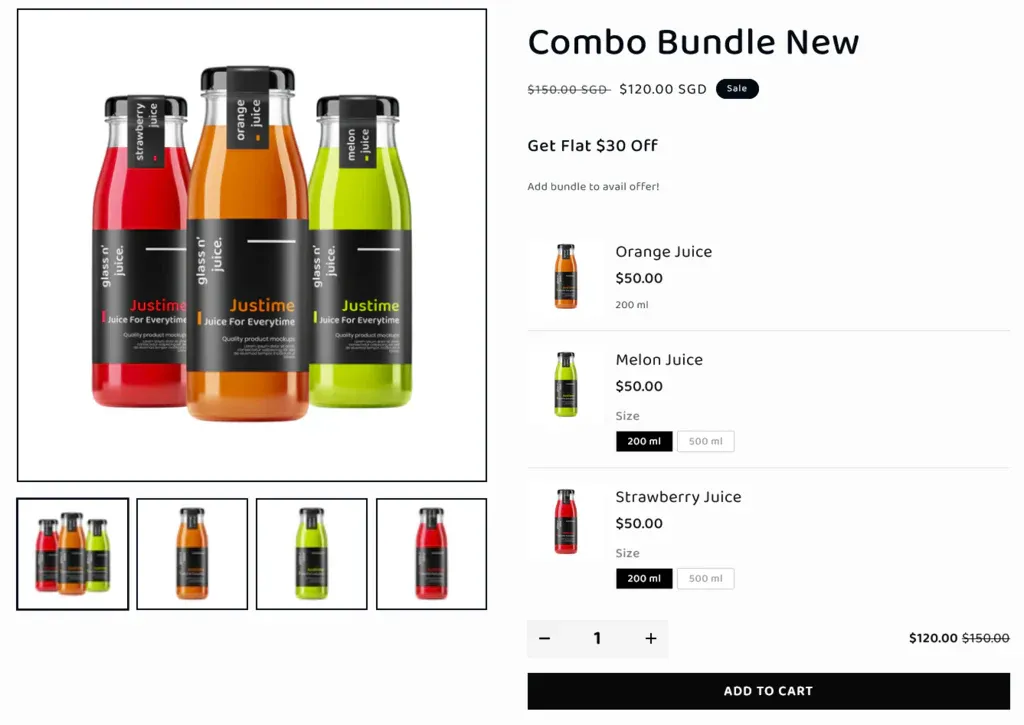
E-commerce platforms often bundle related products together to encourage customers to buy more items from their sites.
Subscription Services
Many streaming platforms such as Netflix and music services like Spotify offer different bundles of services based on user preferences and viewing habits.
Telecom Industry
Many telecom companies bundle call, text, and data plans together to increase subscriber numbers.
Software Industry
Software companies often bundle several related software or services together to offer comprehensive solutions at an attractive price.
When to Use Product Bundling?
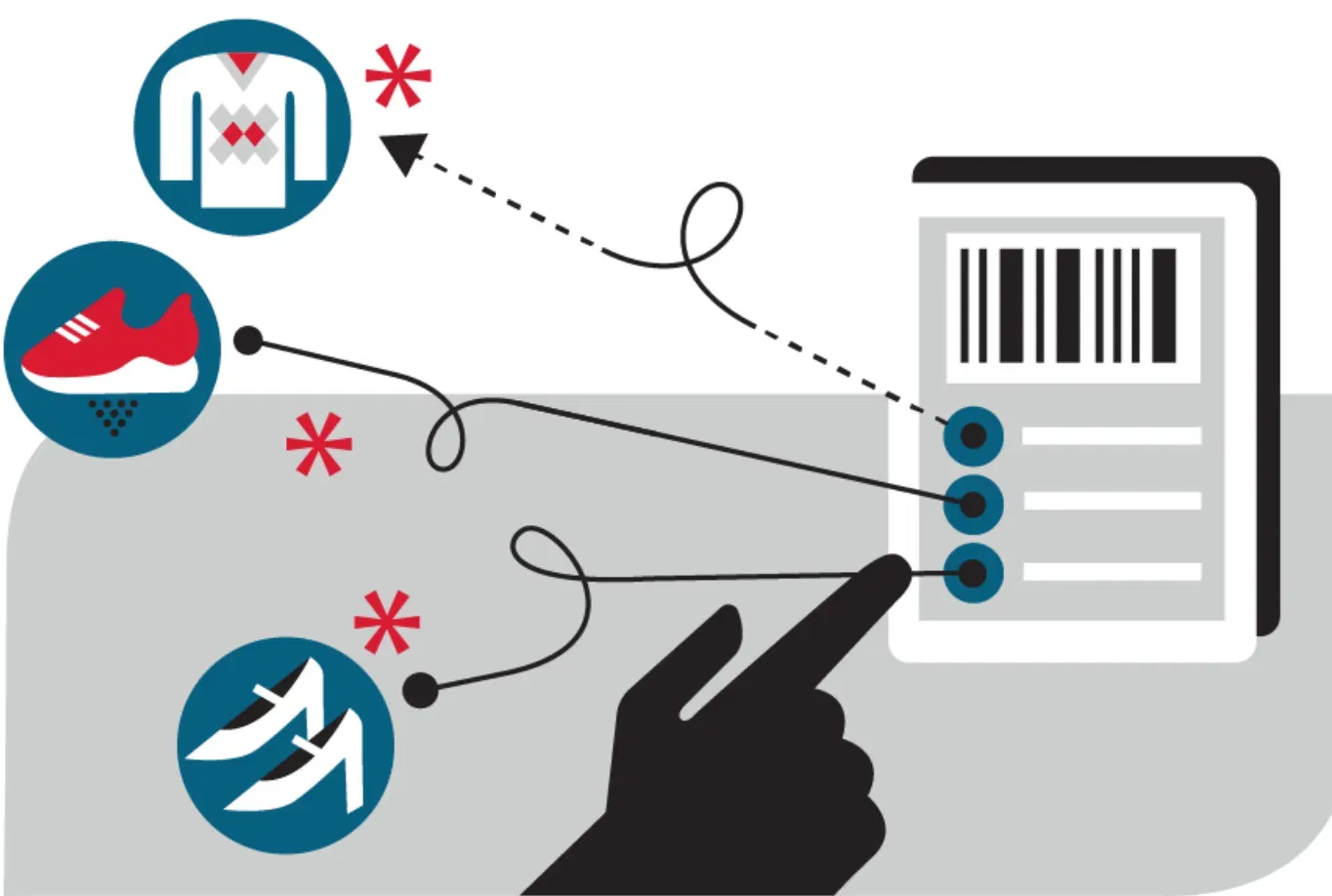
Knowing when to use product bundling can be the key to maximizing its effects. It's best used when certain conditions are met.
- Seasonal Sales: During peak shopping seasons like Diwali, Christmas, or Pongal, businesses bundle products together for special discounts.
- New Product Launch: Product bundling is used when introducing a new product. A new item can be bundled with existing, popular items to generate interest.
- Increasing Average Transaction Value: To increase the average transaction value of each sale, businesses may bundle higher-priced items with those that are lower in cost.
- Clearing Out Old Stock: Product bundling can help clear unsold or older stock. By pairing these items with fast-selling products, sellers can ensure inventory rotation.
- Cross-Selling Products: If a business wants to cross-sell, product bundling can promote purchases of multiple related products. For instance, selling a shirt along with a tie.
How to Implement Product Bundling?
Implementing product bundling can be a nuanced task, which requires consideration of practical aspects and customer psychology.
Choosing the Right Products
The success of product bundling largely depends on pairing the right products. Goods should be matched based on relevance, value, and customer preferences.
Pricing Strategy
The bundled price should offer perceived value to the customer. However, it's essential that the company also maintains a decent profit margin.
Promotion and Marketing
Product bundles should be marketed well to reach a broad audience. Language and promotional techniques should highlight the value proposition of the bundle.
Bundling and Unbundling
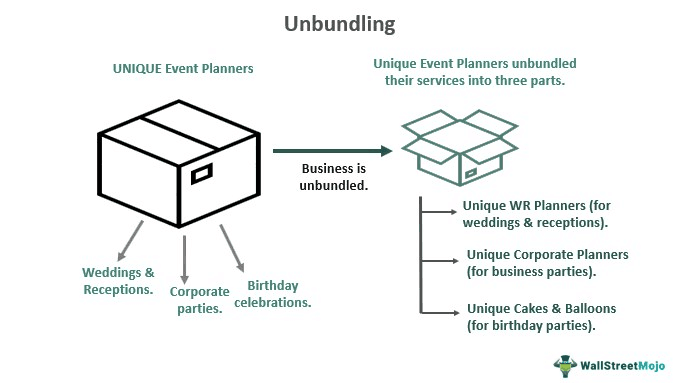
Flexibility is key when it comes to product bundling. At times, offering unbundled products alongside bundles can cater to a wider customer base.
Customer Feedback
After implementing product bundling, feedback should be collected and analyzed. If certain bundles aren't working, adjustments can be made based on customer preferences.
Best Practices in Product Bundling
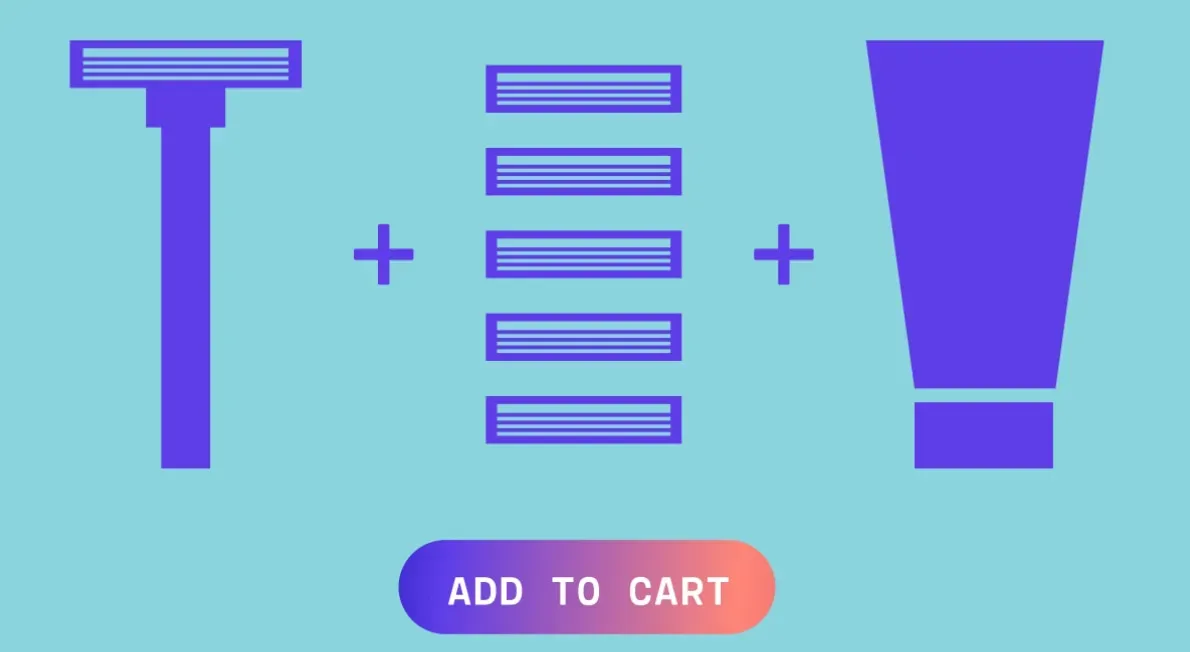
Product bundling can seem easy at first glance, but there are set practices that can make this strategy even more effective.
- Offering Choice: Allow customers the freedom to pick and choose the products within the bundle. This can enhance customer satisfaction and increase the perceived value of the bundle.
- Focus on Customer Needs: Understanding customer needs can result in better bundling strategies. Use insights from sales, customer feedback, and market research to create bundles that align with your customer's needs.
- Factoring in Production Costs: While offering discounts on bundles is common, it's essential to consider production costs. It can be tricky to strike a balance, but the aim should be to increase sales without incurring losses.
- Limited-Time Deals: Creating a sense of urgency with limited-time offers can motivate customers to make a purchase decision faster.
- Experimentation: A trial and error approach can be useful in understanding what type of bundles work best. Refining offerings based on the insights gained from experimentation can improve business performance.
Challenges in Product Bundling
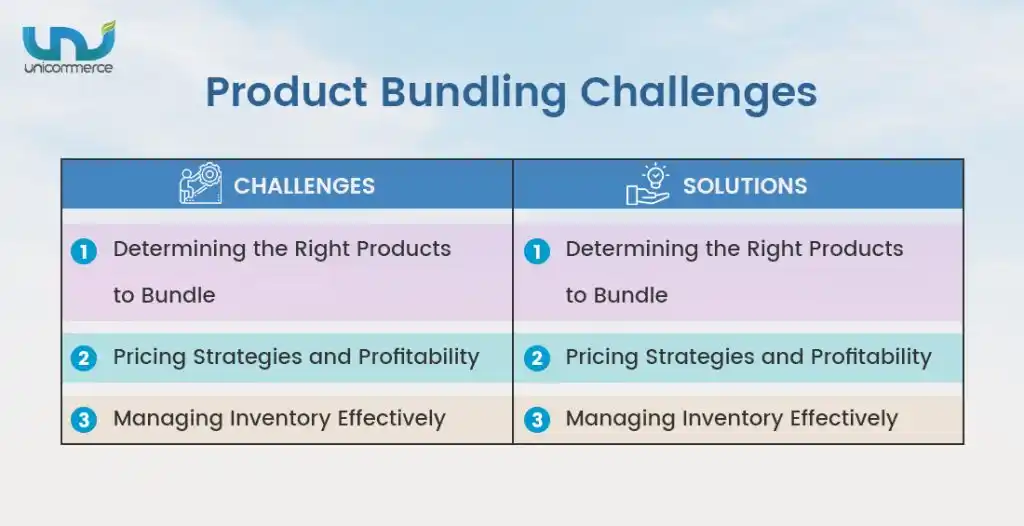
Like any strategy, product bundling faces its fair share of challenges. However, being aware and prepared to handle these challenges can make the process smoother.
Product Relevance
Combining unrelated products can confuse customers and affect sales. It's important to ensure that all products in a bundle are relevant to each other.
Pricing Challenges
Setting the right price for the bundle is tricky. If set too high or too low, it can respectively deter customers or reduce profits.
Competitive Pressures
Increased competition can drive businesses to offer bigger discounts on bundles, which may affect profit margins.
Consumer Perception
Negative consumer perception about the value or quality of the bundle can impact sales. It's essential to ensure that the value proposition is clear and appealing.
Inventory Management
Balancing inventory while maintaining profitable bundles is a significant challenge. Stocking up on too much of one product for bundling can lead to overstock and financial losses.
Trends in Product Bundling
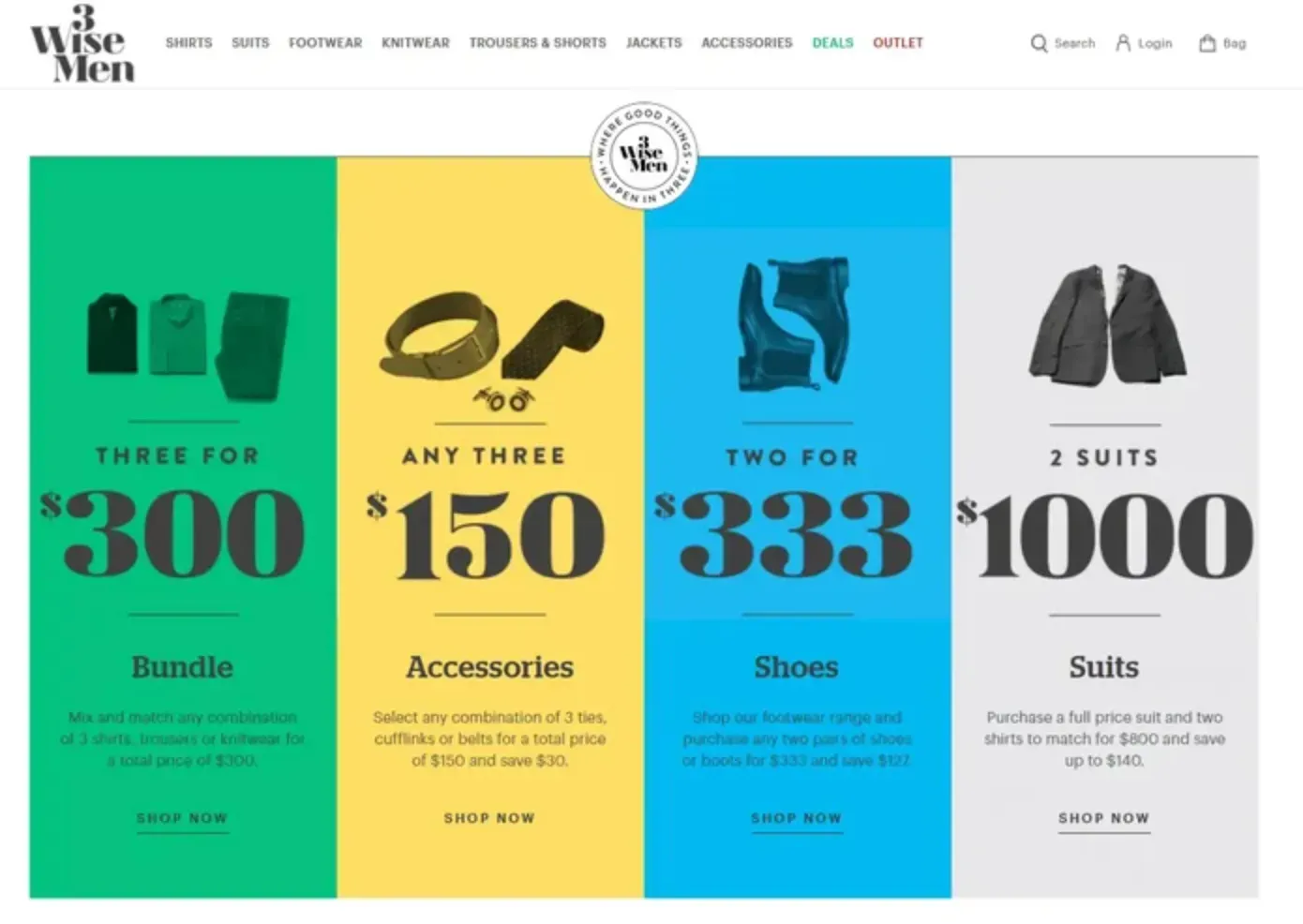
Keeping an eye on the latest trends in product bundling can help businesses stay ahead in the market.
Personalization
Those companies that are personalizing their bundles based on customer preference are gaining market favor. This can be seen in subscription box services, which often tailor each box to customer interests.
Digital Bundling
The rise of digital products and services has opened doors for new methods of bundling. This includes digital content, software, and service subscriptions.
AI and Machine Learning
Many companies are leveraging AI and machine learning to analyze customer purchasing habits and create appealing product bundles.
Sustainability
Companies are adopting sustainable practices in bundling. This includes using eco-friendly packaging and bundling products that promote sustainability.
Dynamic Bundling
Rather than sticking to fixed bundles, businesses are experimenting with dynamic bundles where the composition and price of the bundle vary based on consumer preferences or market trends.
Frequently Asked Questions (FAQs)
What exactly is product bundling?
Product bundling is a marketing strategy that involves offering several products for sale as one combined product. This strategy can enhance value perception and increase customer purchases.
How does product bundling influence consumer behavior?
Bundling often persuades customers to buy more items by promoting the perceived value of the bundle and the convenience of a single purchase.
Can product bundling drive sales upward?
Yes, product bundling can encourage larger purchases, stimulate demand for slow-moving items, and decrease inventory, thus driving sales upward.
Does product bundling affect profit margins?
Bundling can boost profit margins by selling more units with a lower per-unit cost, though balancing perceived value and profitability is key.
Can product bundling be used to introduce new products?
Yes, packaging a new product with popular items can help drive its awareness and adoption, making bundling an effective strategy for product launches.
